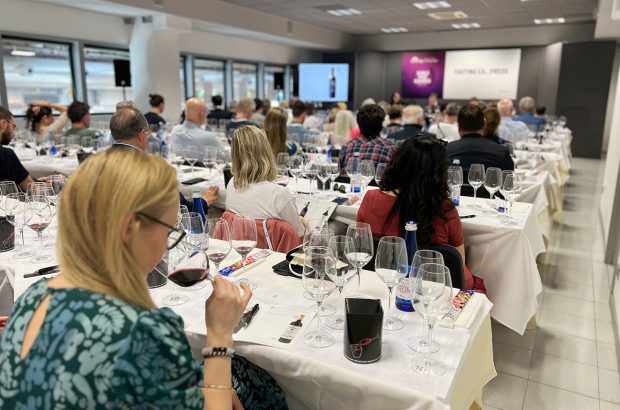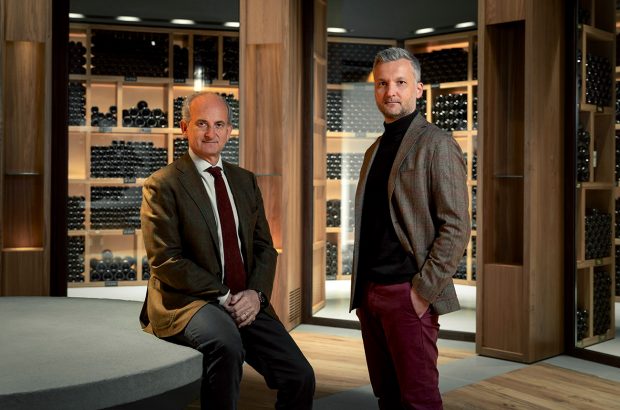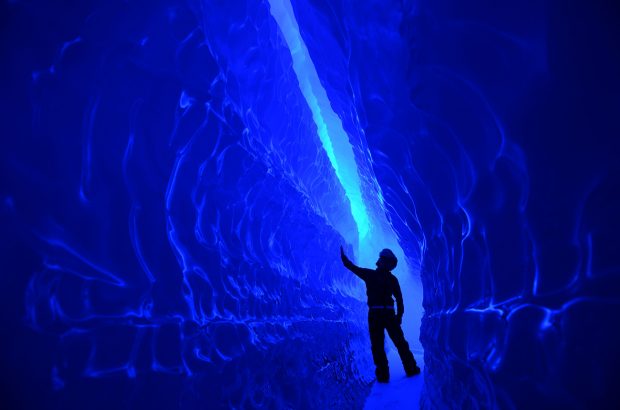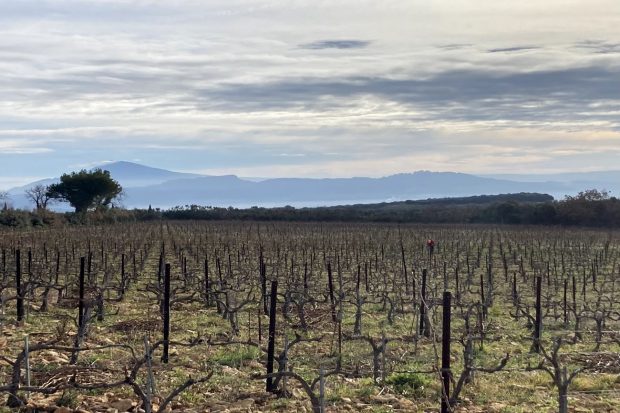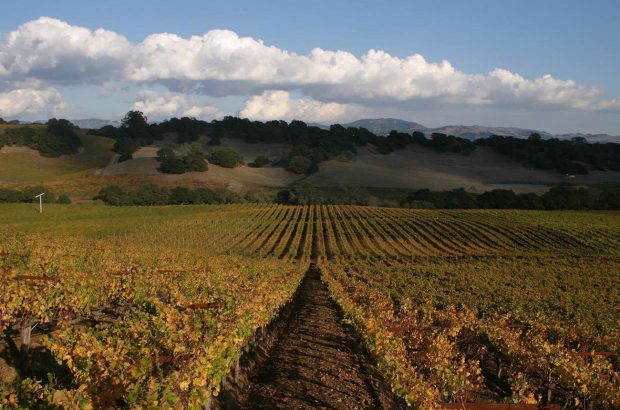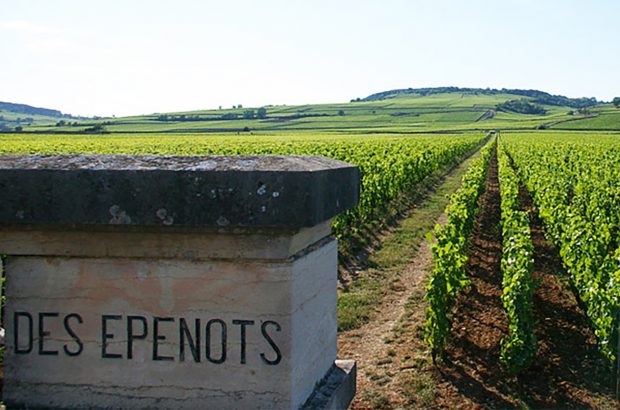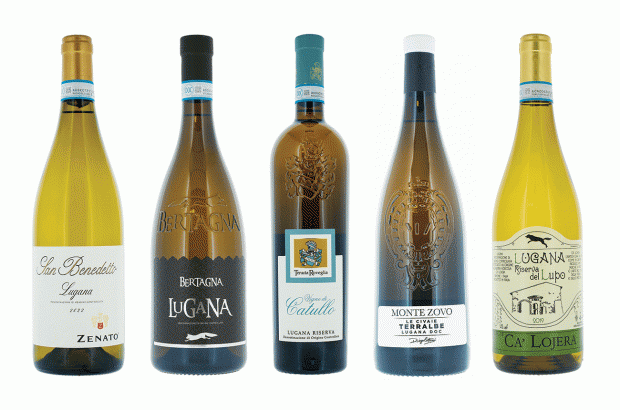Life has been pouring wine over me in the last month or so, with an unusually intense cluster of blind-tasting events, including annotating nearly 500 wines in a single week. I’m not bragging (500 is too many for comfort) nor asking for sympathy (though it does melt the brain, pickle the tongue and stain the teeth). It led me to reflect, as I recovered over calming cups of green tea, on the process itself, what tasters are trying to achieve, and what the readers of tasting notes might actually want.
There are two types of tasting, first of all: analytical and appreciative. Analytical tasting is what a blender might spend her or his days doing: racing through samples, eliminating faults or fallibilities, hunting down features and attributes. Words need play no part in this – you could do the job with a shorthand of symbols and jottings, or by moving samples around on a table or a spreadsheet. You may be creating or revealing joy, but the task itself is neutral and often joyless: a skilled technical exercise.
Everything I’ve been doing (and everything which the tasters of the Decanter World Wine Awards do) should be appreciative as well as analytical, and should carry an emotional dimension. We are your surrogates. You, our readers, would like to enjoy good, very good or great wine. We taste our way through thousands of samples on your behalf. You aren’t tasters, destined to spit every drop, but drinkers. Yet we do this without drinking.
This is oddly difficult. The appreciative taster has to imagine how the wine will feel in the throat, how it will sit in the stomach. We have to imagine the fourth sip of the second glass, and the second sip of the third; to imagine even the hours later, or the morning after. We have to imagine the wine’s evolution over three months or nine; two years, five or 10. It’s much more complex than ticking the boxes for concentration, for acidity and for tannins, gauging the fruit, assessing weight and warmth.
The biggest trap, in fact, is to slip exclusively into analytical mode and to omit to be appreciative. Analytics will tend to exclude, to rule out and to close down. It leaves no role for the imagination. Analytics will lead you to interrogate a wine, whereas appreciative tasters listen to the wine, the better to understand such pleasure as it might offer in the drinking context. An appreciative taster should not be a policeman so much as a psychoanalyst – or confessor.
The writing of notes is as great a challenge as tasting, and maybe greater. The language of wine is largely borrowed from other fields and loaded, often to excess, with analogies. Anyone who has ever discussed wine with friends will be familiar with the chaotic subjectivity of the wine-tasting experience, and the often striking contrast between palates. There’s an unspoken requirement for practical language to be simple – yet repeating the same simple descriptors quickly grows tedious.
After 30 years of tasting, here’s what I’m after. Appreciative tasting must involve an element of analysis – but don’t be too judgmental, since in the real drinking world most wine attributes are enjoyed, not despised. The trick is to describe them correctly. I’m as suspicious of too much concentration as of too little: it can be faked, and it often works against drinkability.
Assuming you find a wine’s flavour pleasing, the greatest wine attributes are aromatic finesse, both when the wine is sniffed and sipped, combined with a shapeliness in the mouth and a satisfying and appropriate texture and level of energy for the wine’s age and style. Drinkability is always based on harmony and balance. There’s no formula for either, though, and acidity (which should be bonded to a wine’s fruit or flesh) is just one factor of balance among many. Then – use the most vivid words you can, based on your own sensual experiences and not winespeak.
This column was first published in the May 2020 issue of Decanter.







